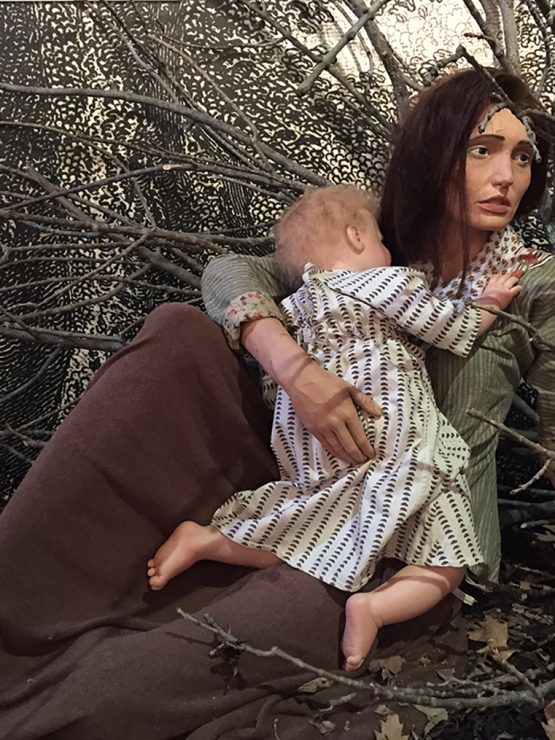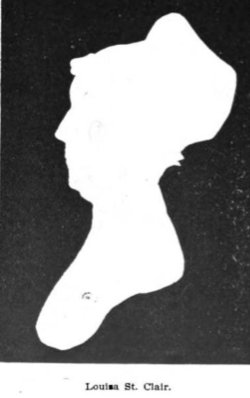In honor of Women’s History Month, the Fort Pitt Museum recognizes five women essential to early frontier history.
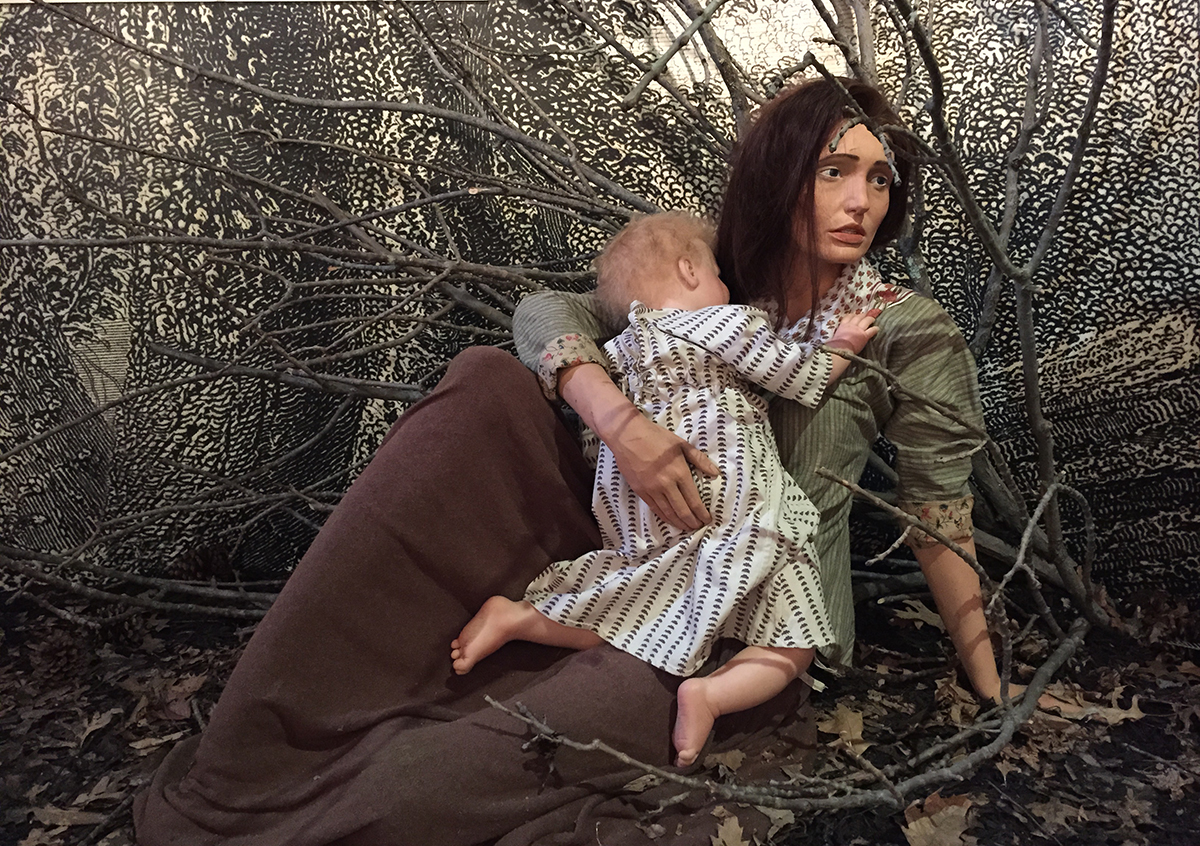
Massy Harbison
Massy Harbison lived in what is now Freeport, Pa. In 1792, she and her children were captured by American Indians and taken north toward Butler. While on the march, one child was killed, and she was forced to carry her infant the length of her journey. At one point, she attempted to steal one of the Indians’ tomahawks. In her captivity narrative she recorded, “I mediated revenge…I attempted to take his tomahawk…and had nearly succeeded, and was, as I thought, about to give the fatal blow; when; alas I was detected.” Massy was eventually able to evade her captors while they slept and made it back to Aspinwall, where her wounds were treated, and she was reunited with her family. Read her full narrative.
Charlotte Brown
General Edward Braddock’s march to Fort Duquesne included a number of women camp followers who served as nurses and laundresses. Charlotte Brown, one of these camp followers, was matron of the general hospital at Fort Cumberland. Her journal chronicles both her trans-Atlantic voyage and journey into the frontier. In June 1755, she noted her wagon had been at the rear of the march and her driver remarked, “he had but one Officer to Obey and she was in his wagon and it was not right that she should be blinded with Dust.” Read her full journal.
Louisa St. Clair was the daughter of soldier and politician Arthur St. Clair. According to 19th-century historian Samuel Hildreth, Louisa was a beautiful and intelligent woman. “She was also an expert huntress…Of this instrument she was a perfect mistress; loading and firing with the accuracy of a backwoodsman; killing a squirrel from the highest tree, or cutting off the head of a partridge with wonderful precision.” She was also described as an excellent athlete who would frequently ride horses, wander the woods, and ice skate. Read Hildreth’s full description of Louisa.
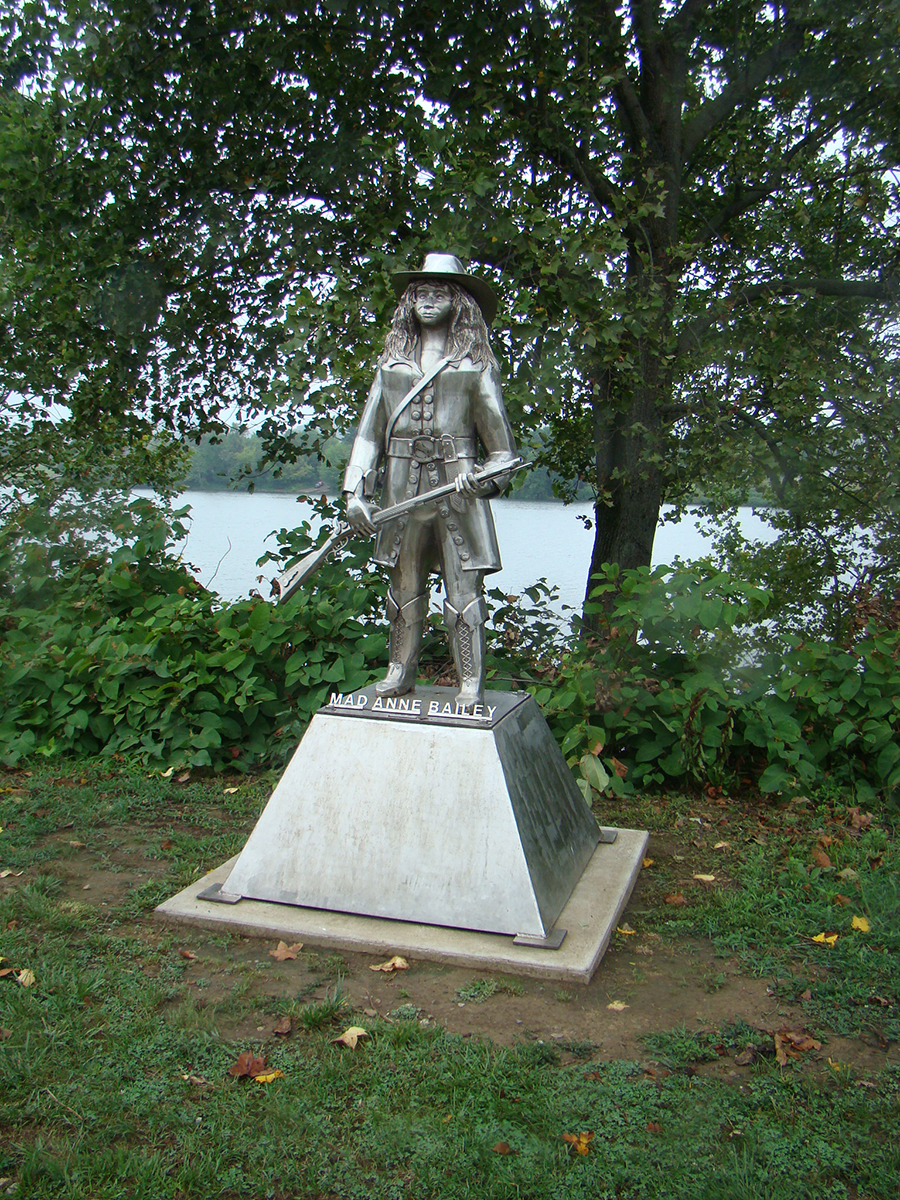
Anne Bailey
Anne Bailey, also known as Mad Anne, lived on the western Virginia frontier. She is credited with being a scout and messenger during the American Revolution and for possibly delivering gunpowder to relieve the 1791 siege on Fort Lee in present day Charleston, W.Va. A traveler in the 1820s described her: “Ann would shoulder her rifle, hang her shot-pouch over her shoulder, and lead a horse laden with ammunition to the army, two hundred miles distance, when not a man could be found to undertake the perilous task.” Read more about her life and adventures.
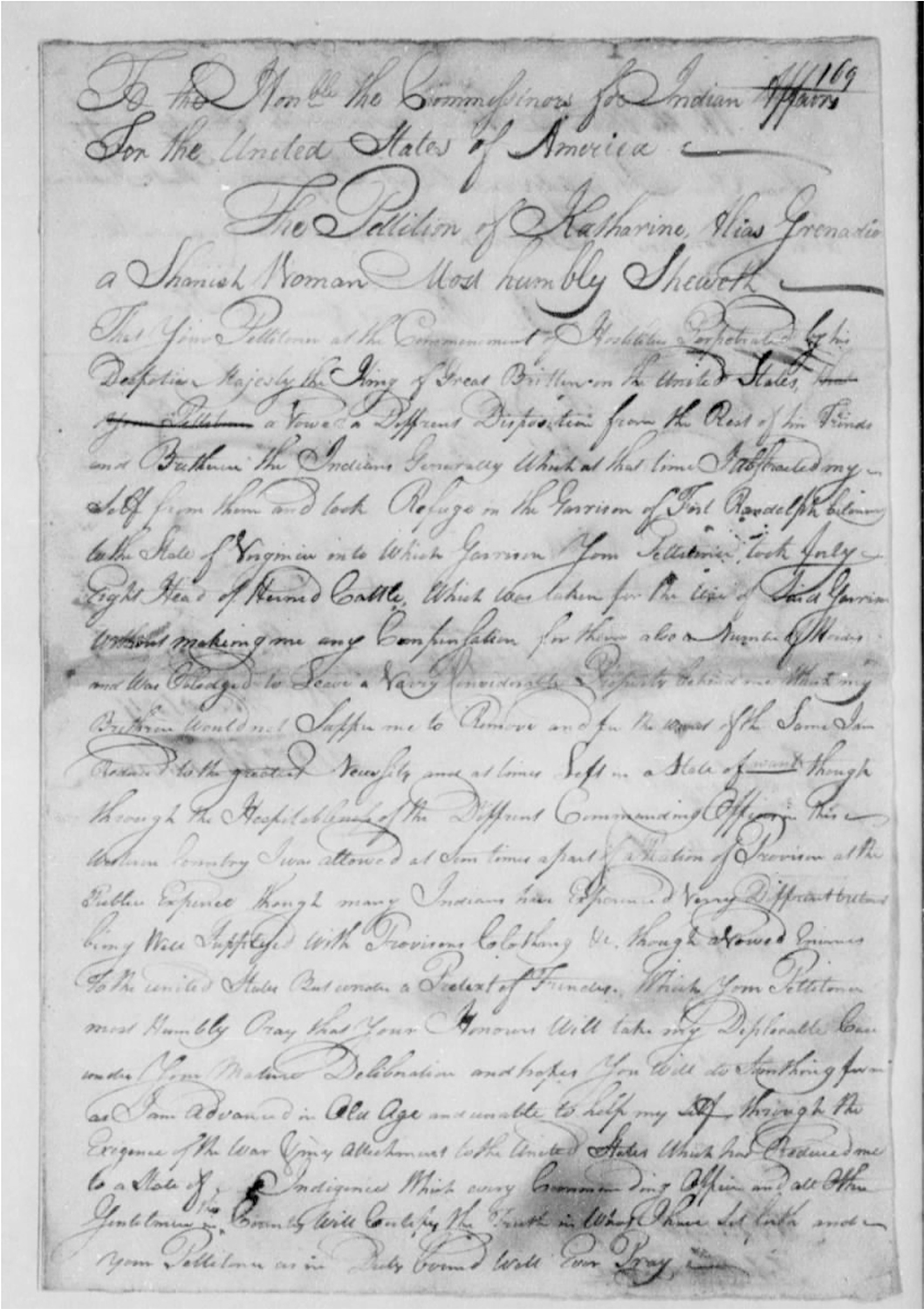
Nonhelema
Nonhelema, also known as Grenadier Squaw for her height, was a Shawnee leader and sister to Chief Cornstalk. During the American Revolution, she aided the Americans and served as an interpreter and messenger. In 1778, she also brought cattle and horses to help relieve the siege at Fort Randolph in present day Point Pleasant, W.Va. In 1785, she petitioned the American government for her services during the war. She requested 1,000 acres of land on the Scioto River, but was granted “one suit, or dress of Cloaths including a Blanket, per annum, and one ration of provision each day during her life, which she may receive at any post in the western territory.” Read her original petition and the related decisions in the Journals of the Continental Congress.
Kathleen Lugarich is the education manager at the Fort Pitt Museum.
